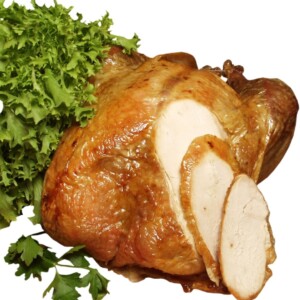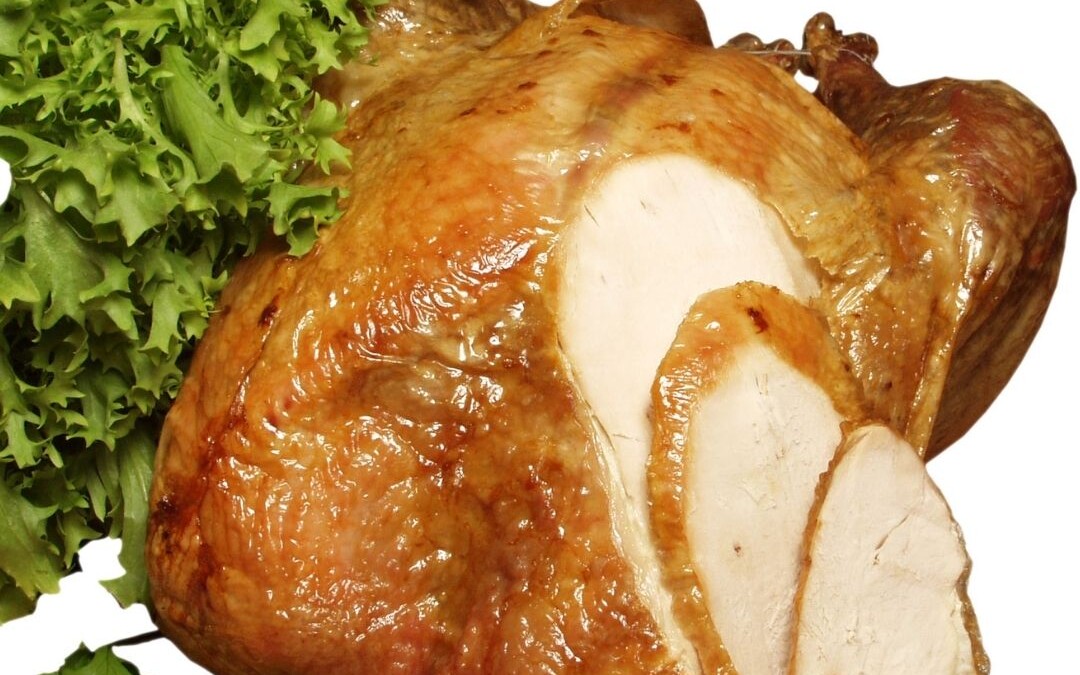Turkey Roasting Tips
Do NOT test the bird by poking it with a fork! This will allow the precious juices to escape. To test for doneness, try moving the wings or legs. If the legs or wings of the cooked bird remove easily, the turkey is done.
Roast a fully thawed turkey, thawing per package instructions. Roast slowly in a 325 degree oven, as higher temperatures will result in a dry bird.
A very large, thawed turkey can take 8 hours or more to cook thoroughly. NEVER serve undercooked poultry, as it can cause illness for adults, and severe illness for children. Follow turkey package cooking instructions for best results.
Thawing the Bird
Thaw your frozen turkey in the refrigerator. Allow one day for every four pounds.
Roasting a turkey
It's best to use a meat thermometer when cooking turkey. An instant-reading thermometer is easiest. The thickest part of the breast should be cooked to 175 degrees F. Cook the thigh to 185 degrees and the stuffing to 165 degrees. Cook the bird breast side up.
Stuffing the turkey
Most experts advise cooking the stuffing separately. It's easier and safer. If you do "stuff the bird" do not stuff the turkey in advance and do not stuff the bird tightly. Stuffing needs room to expand.
Storing the leftover Turkey
It's best to remove leftover turkey meat from the bone. Wrap tightly and store in the refrigerator or freezer. Store leftover stuffing separately. Use the refrigerated leftovers within three days. Use the frozen leftovers within two months.
Turkey Salad (quite healthy and delicious)
Try mixing diced turkey with sliced apples, diced celery, raisins and grated carrots. Dress with low-fat or nonfat yogurt seasoned with ginger and curry powder.
Turkey Chili
Turkey meat makes a very tasty and healthful chili. Turkey meat is much lower in fat than beef. Chop the leftover turkey meat and use it in your favorite chili recipe in place of beef.







